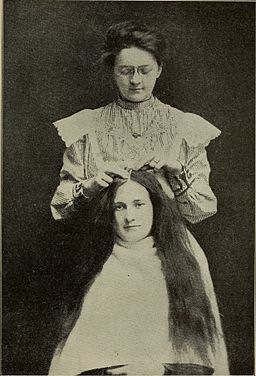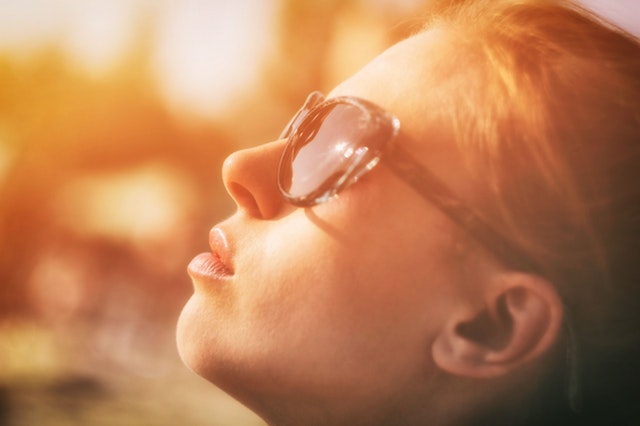
I like to think that I’m largely trend-averse, but every once and a while I find myself poring over blogs and other Internet-y things and yearning to try the newest health or beauty craze. Most of the time they don’t work, and I go back to what I know feels good in my body.
When I first learned about Ayurveda, though, I was caught in a double-bind: it seemed at once trendy, part of the new-age boom of yoga and Eastern philosophy and medicine, but also so ancient and rooted in history that it defied trendiness itself. My other dilemma was that I could pretty confidently assign myself a vata dosha–that of air (vs. the other three elements that can dominate a person’s constitution, earth, fire, or water)–and I wasn’t thrilled with the recommendations on how I should eat in particular (the plan was more or less the opposite of what I usually eat, and thus would be a radical, uncomfortable change to my entire lifestyle).
The one thing that did stick with me was a treatment for my thin, curly hair–hair that at once craved moisture (hey, I’m all air so it makes sense!) but turned into an oil slick if I skipped a day of shampooing as was recommended by nearly every stylist I’ve gone to to protect curls.

Everything old is new again–how to massage your scalp back to health.
The once again counterintuitive principle is this: if your skin/hair/anything is oily, then giving it oil will only help to balance you out, since your body won’t feel the need to overproduce it. This is why oils and serums are so on trend right now in skincare, and I’ve found that my fears of reliving pubescent acne outbreaks by slathering oil on my face have happily not been realized. And so I decided my hair might be able to benefit from this idea, too.
The recommendation for a vatic scalp–again, one that’s dry and from which springs dry, frizz-prone hair–is a lovely coconut oil scalp massage 2-3 times a week. The solution is easy to make at home (read: cheap!): just mix some coconut oil with a few drops of lavender essential oil, rub it between your palms, and massage it into your head and hair until fully saturated. You might be afraid of what you see, but keep going. Let this sit for at least an hour; if you want deeper treatment, you can wrap your head in a warm towel or leave the oil in overnight. Afterward, wash your hair thoroughly with an herbal shampoo. Repeat 2-3 times a week.
I had luck with just an hour-long treatment, and to be safe I shampooed 1 1/2 times (a regular round and then a light one, to make sure all the oil was out). To my surprise, I didn’t wake up with an oil slick, but rather softer, bouncier curls. After three weeks of massaging, I notice that every day my hair is softer, easier to comb, and less fragile (smaller clumps in the shower drain and in my comb). My previously limp curls are also looking much livelier, are a source of pride.
Not everyone has a vatic dosha, and yet Ayurveda has something for everyone. Once you know your type, there are infinite resources that can help you find the diet and other lifestyle practices to put your body in its ideal state of balance. Unlike most trends, this is not a way to change what you are into something better, faster, or stronger. Rather, it’s an accepting, comforting philosophy that says you are already more than better–you are enough.
Have you tried any Ayurvedic hair treatments? Would you try a coconut oil scalp massage?
Also by Jen: 5 Things I Learned from Gwenyth Paltrow (and 2 I Didn’t)
Rinse and Repeat: How Water Can Damage Hair
Related: Luscious DIY Coconut Massage Oil
Benefits of Coconut Oil + 10 Uses Outside the Kitchen
Get more like this—Subscribe to our daily inspirational newsletter for exclusive content!
__
Photos: Onur Bahcivancilar via Flickr, Wikimedia Commons




